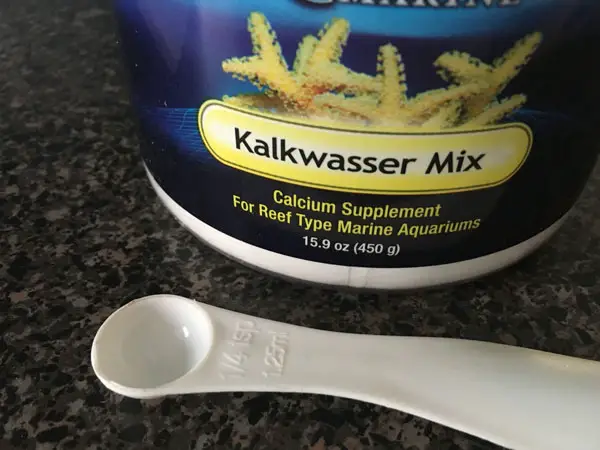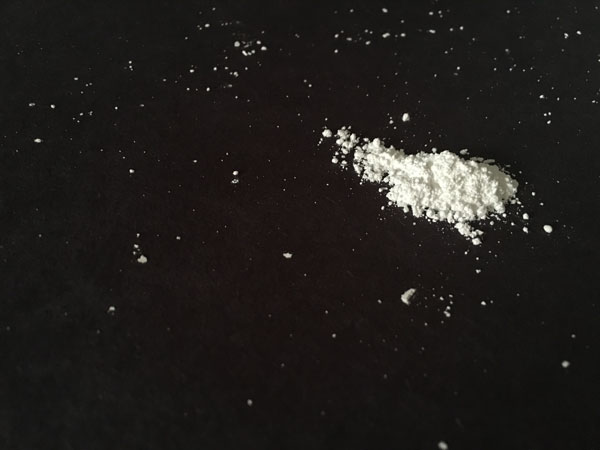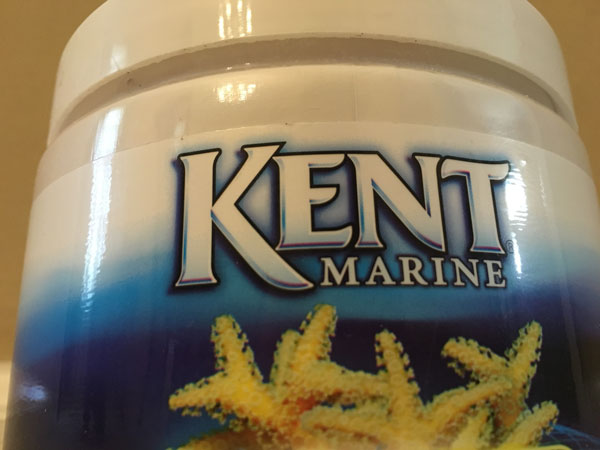What is kalkwasser?
Kalkwasser is the German word for calcium hydroxide, a relatively inexpensive reef tank additive that will help you keep your calcium and pH levels nice and high in your tank. For some reason, the term kalkwasser has become part of the mainstream vernacular in the saltwater aquarium hobby. Kalkwasser, or calcium hydroxide, is a mainstay in the hobby because it is probably the simplest and most economical choice for maintaining calcium and alkalinity levels for beginner to intermediate reef hobbyists.
Why do you want to maintain your calcium levels high in your tank?
The fish, corals, clams, snails, and crabs in your tank all need calcium to build their skeletons or shells, respectively. In the ocean, there is a bountiful supply of dissolved calcium in the water, but in your saltwater aquarium, the animals in your tank ‘use up’ the calcium, causing the levels in the water to go down over time. Performing partial water changes will replace some of the calcium loss, but most tanks will outgrow the water changes alone and will require supplementation with kalkwasser.
How do you dose kalkwasser?
The smart-aleck in me wants to say…one drip at a time. But here is a more helpful answer:
- Step 1: Test the calcium, pH and alkalinity levels of your aquarium water to determine your water parameters prior to dosing
- Step 2: Scoop ½ teaspoon and mix it vigorously in 1 gallon of fresh water. I like to use a 1-gallon water jug (looks like a milk jug) and shake it vigorously with the cap on, to mix/dissolve the kalkwasser
- Step 3: Submerge an airline tube into your kalkwasser container and feed enough line into the jug so that the tube will reach all the way to the bottom.
- Step 4: Start a siphon by sucking the air out of the line with a turkey baster and then, once the flow of kalkwasser starts, quickly tie a knot in the line to restrict the flow to a slow drip. Never start the flow of water (siphon) with your mouth. I know that sounds gross. It is, but I’ve seen it happen.
- Step 5: Place the airline tubing down into your sump
- Step 6: A couple hours after you are finished, check your calcium, pH and alkalinity levels. If ½ teaspoon in 1 gallon of water is not enough to get your calcium to the desired level (over 400 ppm), you can safely repeat this process next time you are topping off the evaporation water with 1 teaspoon mixed in 1 gallon of freshwater. If, after some experience dosing calcium hydroxide with that concentration, you realize your tank has even higher demands than that, try adding an extra ½ teaspoon per gallon, up to 2 teaspoons.

Equipment for dosing kalkwasser (calcium hydroxide)
You don’t really need fancy aquarium gadgets to dose kalkwasser in your saltwater aquarium. A used, but clean plastic jug for mixing, an airline tube long enough to reach from the top of the tank into the sump and a turkey baster to help start the siphon are all you need.

If you want to class up your process with some upgraded equipment, you can use a drip acclimator or airline tube restrictor to slow the water down to a drip a bit better and less low tech than the old knot trick.
Another useful tool is the aqualifter dosing pump, which will slowly drip the lime water for you and even allow you to leave the container on the ground (rather than drip it down from above using a siphon).
Advanced upgrades include a calcium reactor or an automated dosing unit. You can find more information about that on the Equipment Guide page.
A few tips
- Slow is almost always better than fast when it comes to kalkwasser dosing. You don’t want to cause dramatic swings in calcium, alkalinity and/or pH. That is why I advocate for drip dosing in this article.
- If you have a sump, it is generally best to dose the kalkwasser there, to avoid irritating or damaging corals or other invertebrates in your tank.
- If you have any livestock (animals or algae) of interest in your sump, it is best to direct the drip in the corner of the sump farthest from those animals or algae.
- If you don’t have a sump, I recommend you start out with a very low dose of kalkwasser and try to add it to the tank in the corner farthest from your prized corals.
Where to buy your kalkwasser
You can buy kalkwasser almost anywhere, including at your preferred local fish store or online aquarium supply store.
I personally find that I purchase more of my dry goods these days from Amazon.com. There are usually good prices, shipping is free if you have Amazon Prime, and even if you don’t have Prime, you can add a few products to the shopping cart to qualify for their free shipping.
For your convenience, I’ve added affiliate links here for a few recommended products. Affiliate links are one of the ways I offset the expenses of running this website to bring it free to you. The way it works is that if you purchase anything on Amazon after clicking through one of the links, I will earn a small commission at no extra cost to you. You get the standard Amazon price. No pressure at all to use it, but if you’re looking to buy kalkwasser (or anything else on the site), it’s a small win/win.
When you might need more than calcium hydroxide alone

If you find that the corals and other animals in your tank are stripping calcium out of the water so fast that you can’t keep levels up around 4oo ppm by adding 2 teaspoons calcium hydroxide (kalkwasser) per gallon of top-off water, then your tank may have graduated to the next level. The best product for you is probably a 2-part calcium-alkalinity additive, affectionately called just ‘2-part’ in the hobby–not to be confused with “Tupac” who was a rapper.
Conclusion
Adding kalkwasser to your aquarium to raise the calcium levels, alkalinity and pH is inexpensive and easy to do. Adding a small (measured) amount to the freshwater you use to top off your tank from the water lost to evaporation and some testing to make sure you keep your levels in the sweet spot is all most people need.
Next steps
If you enjoyed reading this article about kalkwasser in a saltwater aquarium, I strongly recommend you check out this article about the most important reef tank parameters.
Albert B. Ulrich III is the author of The Reef Aquarium Series of books: The New Saltwater Aquarium Guide, How to Frag Corals, 107 Tips for the Marine Reef Aquarium and the Reef Journal.
Follow me on Facebook






Leave a Reply